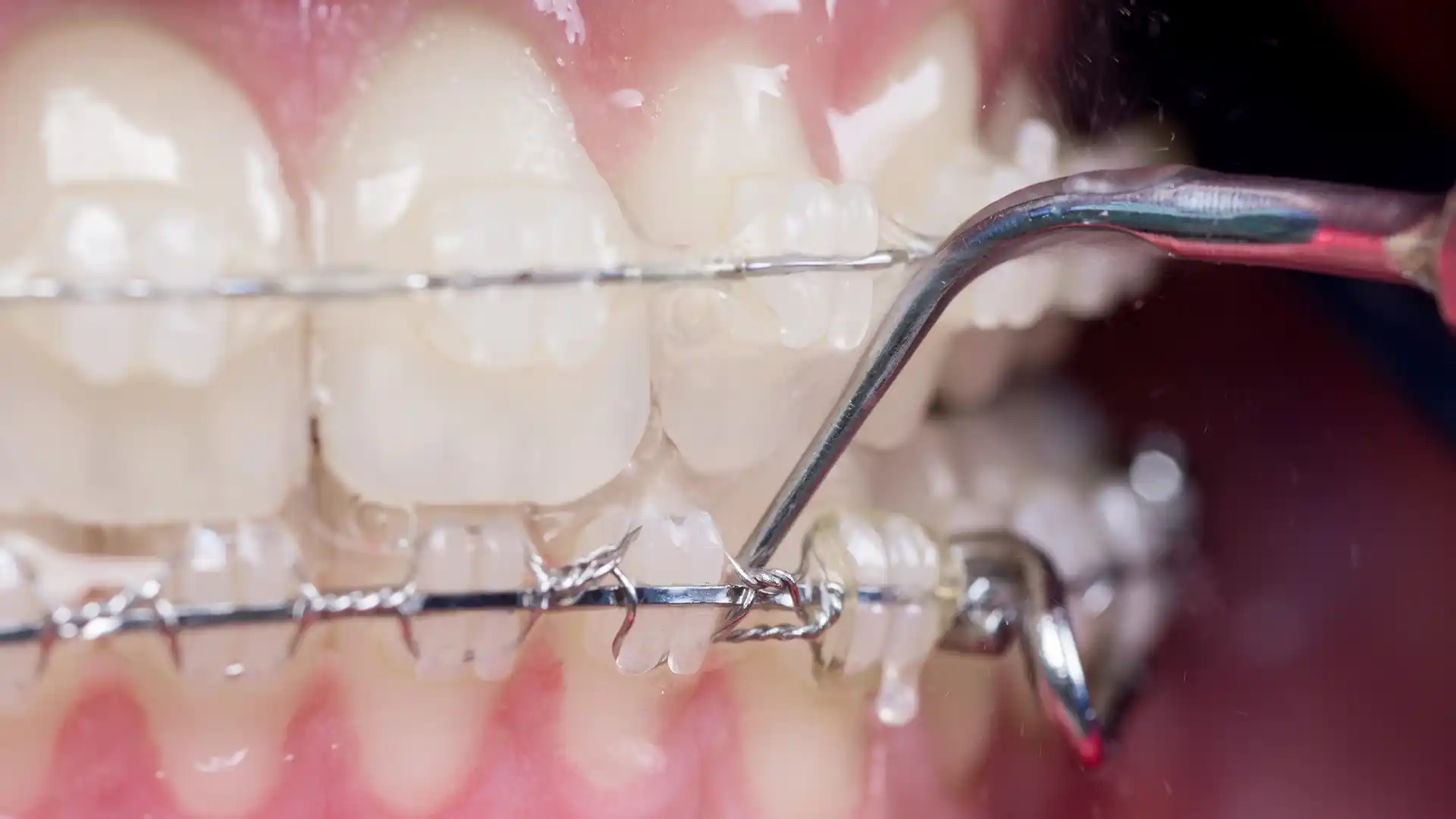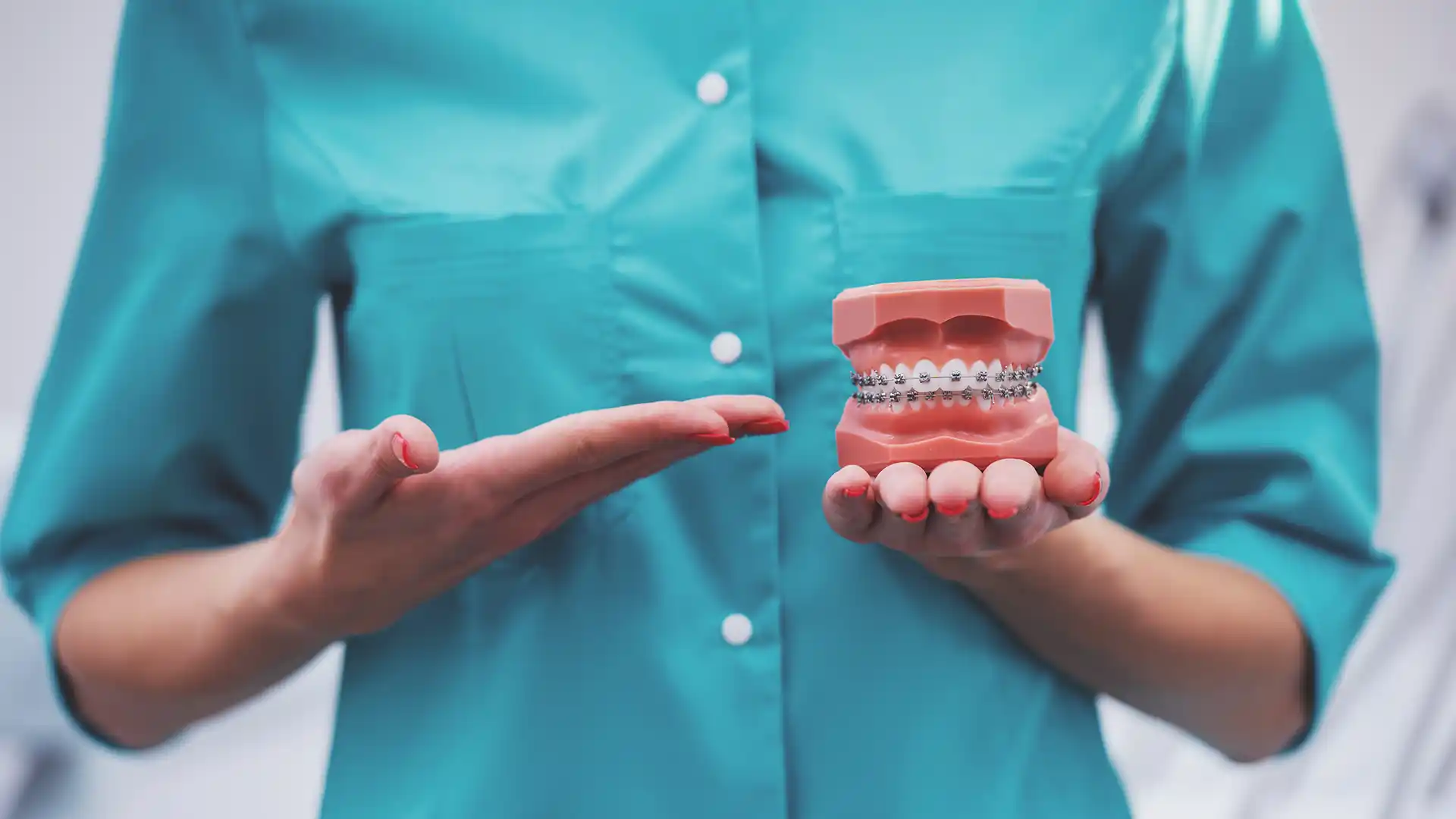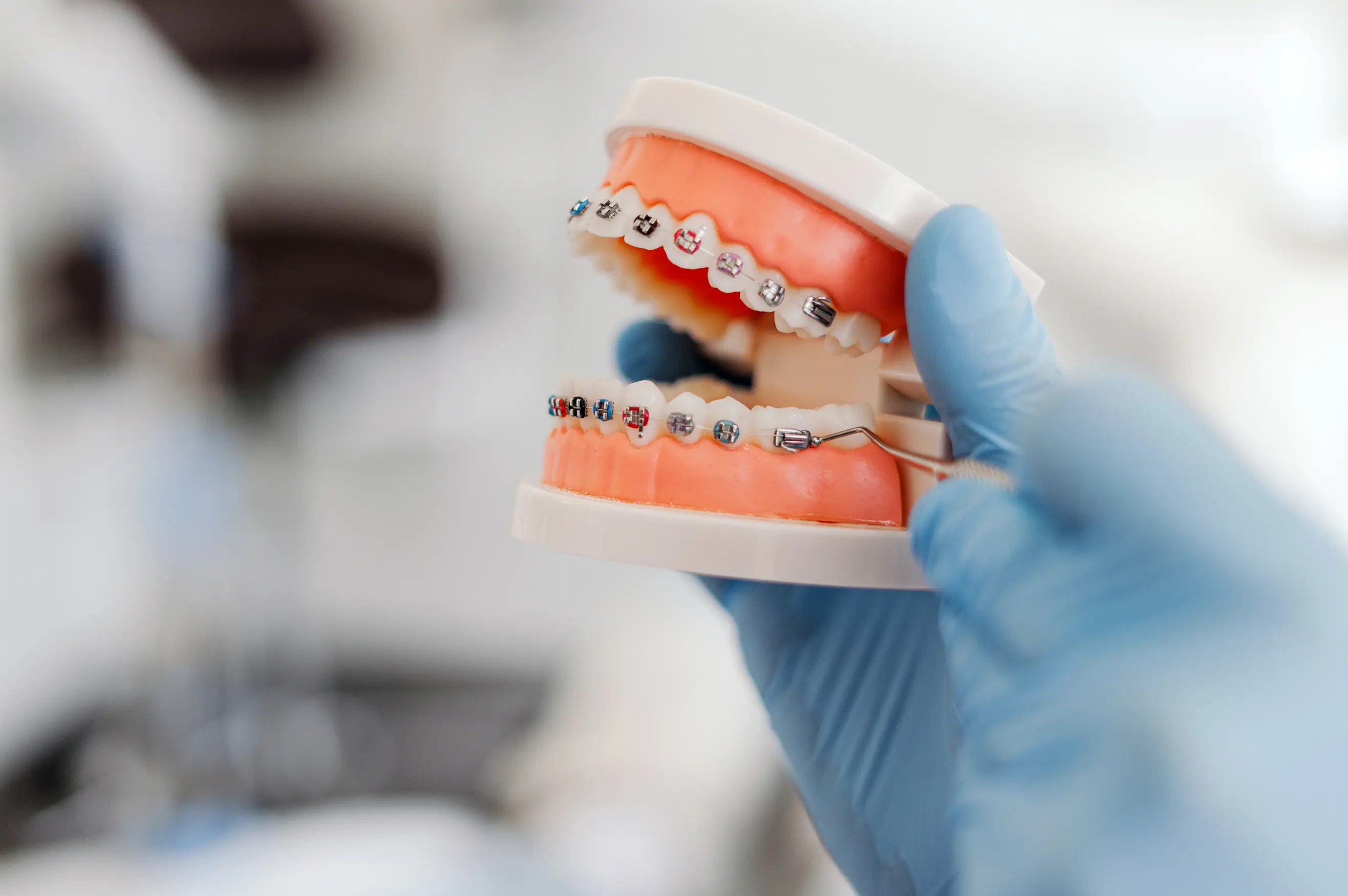Orthodontics
Orthodontics in Turkey 2025
Discover everything about orthodontics in Turkey: what it is, who needs it, common types, treatment stages, care tips, benefits, side effects, before and after results, and average costs.
Table of contents:
- What is orthodontics?
- Who needs orthodontics?
- What are the common types of orthodontics?
- What are the three stages of orthodontic treatment?
- Orthodontics recovery: How to care about your orthodontics?
- Orthodontics benefits
- Teeth orthodontics side effects
- How much does orthodontics cost in Turkey?
- Orthodontics before and after
What is orthodontics?
Orthodontics is a specialized branch of dentistry that deals with correction of irregularly placed teeth and bad bite, which is commonly known as malocclusion. In order to achieve proper alignment and address misalignment issues, orthodontics uses various appliances such as braces or clear aligners, retainers.
But not just for the good looks: benefits from orthodontic treatment are far more than aesthetic— having a properly aligned bite can dramatically decrease your chances for cavities or gum disease and prevent abnormal wear on teeth.
Who needs orthodontics?
Some typical reasons that an individual might need orthodontic treatment:
-
Misaligned Bites: This comprises difficulties like upper teeth sticking out (overbites), lower teeth sticking out (underbites), or even upper teeth excessively overlapping the lower ones (deep bites).
-
Teeth Crowding: When there is not enough room in the jaw for all the teeth to grow, leading to overlapping or closely packed teeth.
-
Gaps between teeth: Small empty spaces between teeth that can also sometimes be less than appealing or problematic for functional reasons.
-
Crooked teeth: misaligned. Rotated teeth: improperly angled.
-
Impacted teeth: do not fully erupt because of lack of space or obstacles within the jawbone.
Read More: Hollywood Smile in Turkey
What are the common types of orthodontics?
A diverse range of treatment options is available in orthodontics for the purpose of rectifying misaligned teeth and bites. Let's delve into the major types:
-
Fixed Braces: This kind happens to be the most popular type; brackets are glued onto each tooth, with wires connected between them to facilitate gradual movement of teeth into their proper positions.
-
Removable Braces: These braces are generally meant for minor adjustments; they are plastic plates that can be easily fitted over the roof of the mouth and clipped onto selected teeth.
-
Functional appliances: They're made of plastic and can be removed, used on both upper and lower teeth with the intention of guiding jaw development and shifting tooth position.
-
Headgear: Sometimes this is used in conjunction with other appliances— usually worn during the night which works as an extra source of strength in certain targeted tooth movements.
-
Clear aligners is a substitute to the usual braces: a well-received choice that employs a distinctive approach where a set of removable trays are custom-made to progressively reposition misaligned teeth.
-
Retainers: they play an essential role after the alignment therapy with braces or clear aligners is completed. These custom oral appliances, tailored to fit your teeth, aim to stop any shifting back of teeth to their original misaligned positions after the treatment.
-
Palate expanders: The use of palate expanders is to widen the upper jaw — a practice mainly done on children. This is able to make room in the mouth without tooth extraction.

What are the three stages of orthodontic treatment?
We can conclude orthodontic treatment in three main stages:
-
Preparation
It is the first stage of the treatment. You will have to visit your orthodontist who will be able to understand your specific needs after having some consultations with you. Then, X-rays and scans of your face and head are taken to determine any underlying bite problems as well as creating impressions of your teeth; based on this information, a customized treatment plan is developed for you.
-
Active Treatment
Using different orthodontic appliances such as braces, clear aligners, or headgear— all recommended by your orthodontist. This phase may last between 6 and 30 months based on the complexity of the situation.
-
Retention
When your teeth are in their proper positions, retaining the outcomes becomes the next concern. At this point, retainers come into play; they are usually worn for at least 12 months after the braces are removed— sometimes even for life to keep teeth from moving back.
Read More: Veneers in Turkey
Orthodontics recovery: How to care about your orthodontics?
Expect positive outcomes in the range of 6 to 30 months if you consider the following tips:
-
Wear your retainer every night as instructed by your orthodontist post-treatment to sustain these results. The duration will be discussed with you.
-
Cleaning your teeth and brace is essential — it will help prevent leaving permanent marks on your teeth after the brace comes off.
-
Appliances can make it tough to maintain good oral hygiene but you might have to brush more frequently while undergoing treatment.
-
Your orthodontist might suggest using high fluoride toothpaste or a fluoride-containing mouthwash to cut down your chances of getting cavities.
-
Avoid sugary foods and fizzy beverages.
Orthodontics benefits
Orthodontics provide more than just cosmetic benefits. They offer functionality and health-related gains too:
-
Orthodontics can make it possible for you to achieve a beautiful healthy smile that you can maintain as well.
-
Speech function can be improved by straightening the teeth, along with chewing ability.
-
It is easier to clean your teeth when they are in proper alignment.
-
TMJ disorder pain can be relieved through orthodontic treatment.
-
With an aligned bite, you lower your chances of getting cavities, gum disease and other oral health problems.
Teeth orthodontics side effects
There are some drawbacks that associated with orthodontic treatment:
-
The primary drawback is that you will need to adhere strictly to the treatment protocols and exhibit patience until attainment of your goal.
-
Orthodontic treatment takes varying durations for different individuals: some complete it in less than a year while others may go for two years or even more.
-
A lack of cleaning thoroughly around orthodontic appliances also leads to a higher chance of developing cavities around the braces. Make sure you adhere to the oral hygiene guidelines provided by your orthodontist.
Read More: Dental Crowns in Turkey

How much does orthodontics cost in Turkey?
The orthodontic treatment price in Turkey is indeterminate and largely based on a few contributing factors, albeit here's a rough sketch:
-
The complexity of your case along with the choice of appliances— whether traditional braces or clear aligners— will determine the cost.
-
Price depends on Clinic: The reputation and location of the clinic can affect the price.
-
Orthodontist: Experience plays an important role; highly experienced orthodontists may charge more for their services.
Orthodontics before and after
Sources:
- https://www.nhs.uk/conditions/orthodontics/treatments/
- https://www.nhs.uk/conditions/orthodontics/#:~:text=Orthodontics%20involves%20the%20use%20of,well%20as%20wearing%20a%20brace.
- https://my.clevelandclinic.org/health/treatments/24285-orthodontics
- https://www.webmd.com/a-to-z-guides/what-is-an-orthodontist
Got Questions? We’ve Got Answers
Explore the most asked questions and get quick solutions
Fill it out to get your free consultation
Innovation & Precision In Every Implant
We use only reputable, high-quality implants designed for long-term durability
BioTec Dental Implants


Hiossen Dental Implants


Straumann Dental Implants


Nobel Biocare Dental Implants


MegaGen Dental Implants








